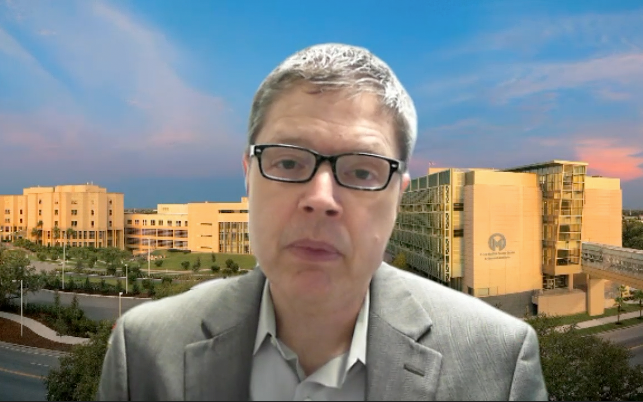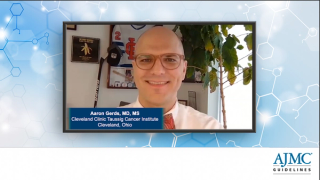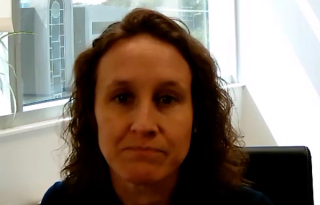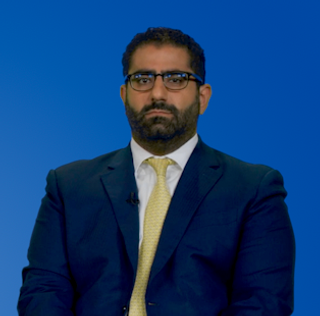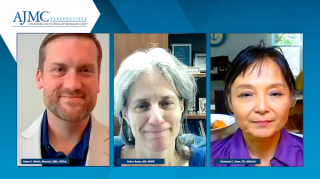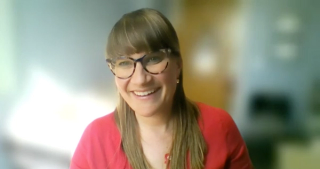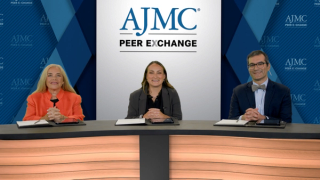
Clinical
Latest News

FMT May Be Safe Alternative, Adjunct to Colectomy in Certain Patients With Fulminant CDI

Addressing Unmet Need: Could Children With Low-Grade Gliomas Have a New Treatment in Tovorafenib?
Latest Videos

CME Content
More News

A review article investigating the use of bevacizumab biosimilars found that despite lingering concerns about their usage for extrapolated indications, bevacizumab biosimilars are regularly used in metastatic colorectal cancer (mCRC) even though clinical tests only evaluate them in patients with lung cancer.

Researchers set out to examine the effects of sodium nitroprusside on the thromboxane-mediated contraction and nitric oxide (NO)-independent relaxation pathways and on reactive oxygen species accumulation in pulmonary artery smooth muscle cells.
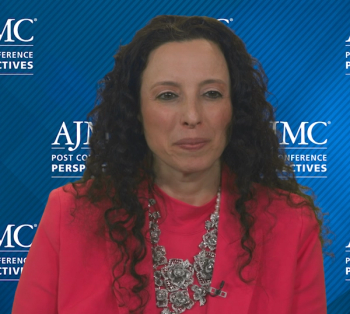
In her closing thoughts, Dr Michos highlights social determinants of health impacting the treatment landscape for patients with cardiovascular disease.

Inclusivity in clinical trials to achieve equitable care.
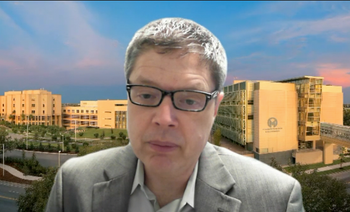
Jeffrey E. Lancet, MD, chair of the Department of Malignant Hematology at Moffitt Cancer Center, gave insight on the evolving treatment landscape of acute myeloid leukemia (AML) and the potential of immunotherapy and targeted therapies going forward.

Derek van Amerongen, MD, MS, drives a panel discussion surrounding disparities currently faced by women in health care.

Mark A. Socinski, MD, executive director of AdventHealth Cancer Institute, gave insight into treatment resistance and the importance of repeat biomarker testing at the time of disease progression in non–small cell lung cancer (NSCLC).

Iptacopan elicited improved hemoglobin levels measuring at least 2 g/dL higher vs baseline, leading to transfusion independence after 24 weeks in approximately 92.2% of patients with complement inhibitor–naïve paroxysmal nocturnal hemoglobinuria.

Chronic rhinosinusitis with nasal polyps (CRSwNP) and asthma are type 2 inflammatory conditions that frequently coexist, the with the latter increasing the symptom burden of the former
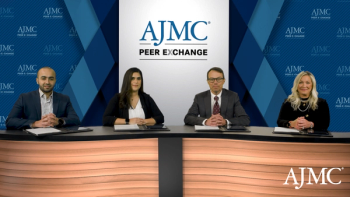
A panel of multiple myeloma experts discuss costs associated with relapsed/refractory disease.

Treatment considerations for relapsing multiple myeloma is discussed by key opinion leaders.

The partnership will help develop standards for data transfer to eliminate manual steps used in clinical trials.

A patient’s inability to count while holding their breath can be an indication of respiratory distress in myasthenia gravis.

These factors could provide a scientific basis for consistency evaluations of the quality and efficacy of insulin biosimilars, study authors wrote.

Gene therapies could have a major impact, although the cost and complexities could inhibit their wide rollout, study authors said.

A Danish study of nationwide registries estimated a 39% greater risk of high refractive error among children of mothers with hypertensive disorder of pregnancy (HDP), a complication that affects 5% to 10% of pregnancies.

Patients in this study, who had overall significantly higher scores than controls, fell into 3 categories of psychological risk from temporal lobe epilepsy (TLE) based on analysis with unsupervised machine learning.
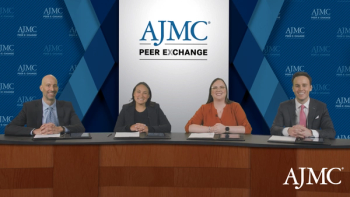
Brian Keegan, MD, PhD, and Michael Cameron, MD, FAAD, describe treatment options for patients with atopic dermatitis.

Dr Casey Butrus drives a discussion highlighting typical patient presentations of AD.

The DRCR Retina Network is undertaking research to develop preventive strategies for diabetic eye disease, explained Jennifer K. Sun, MD, MPH, associate professor of ophthalmology and chief of the Center for Clinical Eye Research and Trials, Harvard Medical School; and chair, DRCR Retina Network.
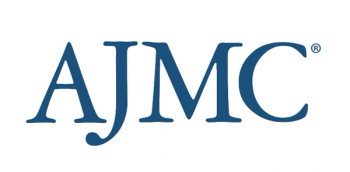
This cross-sectional observational study found several factors associated with whether a patient had sufficient lung cancer risk factor documentation in the electronic health record.

Results from 2 late-stage trials evaluating generalized myasthenia gravis therapies indicated both drugs, rozanolixizumab and zilucoplan, have potential as targeted treatment options.

Mark A. Socinski, MD, executive director of the AdventHealth Cancer Institute, shares his insight on liquid- and tissue-based biopsies and their clinical utility in non–small cell lung cancer (NSCLC).

Investigators wanted to assess endoscopic appearance, wall thickness, histology, and dysphagia score for eosinophilic esophagitis (EoE).
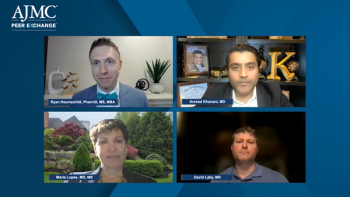
Key opinion leaders discuss clinical and cost considerations for treating patients diagnosed with geographic atrophy.


